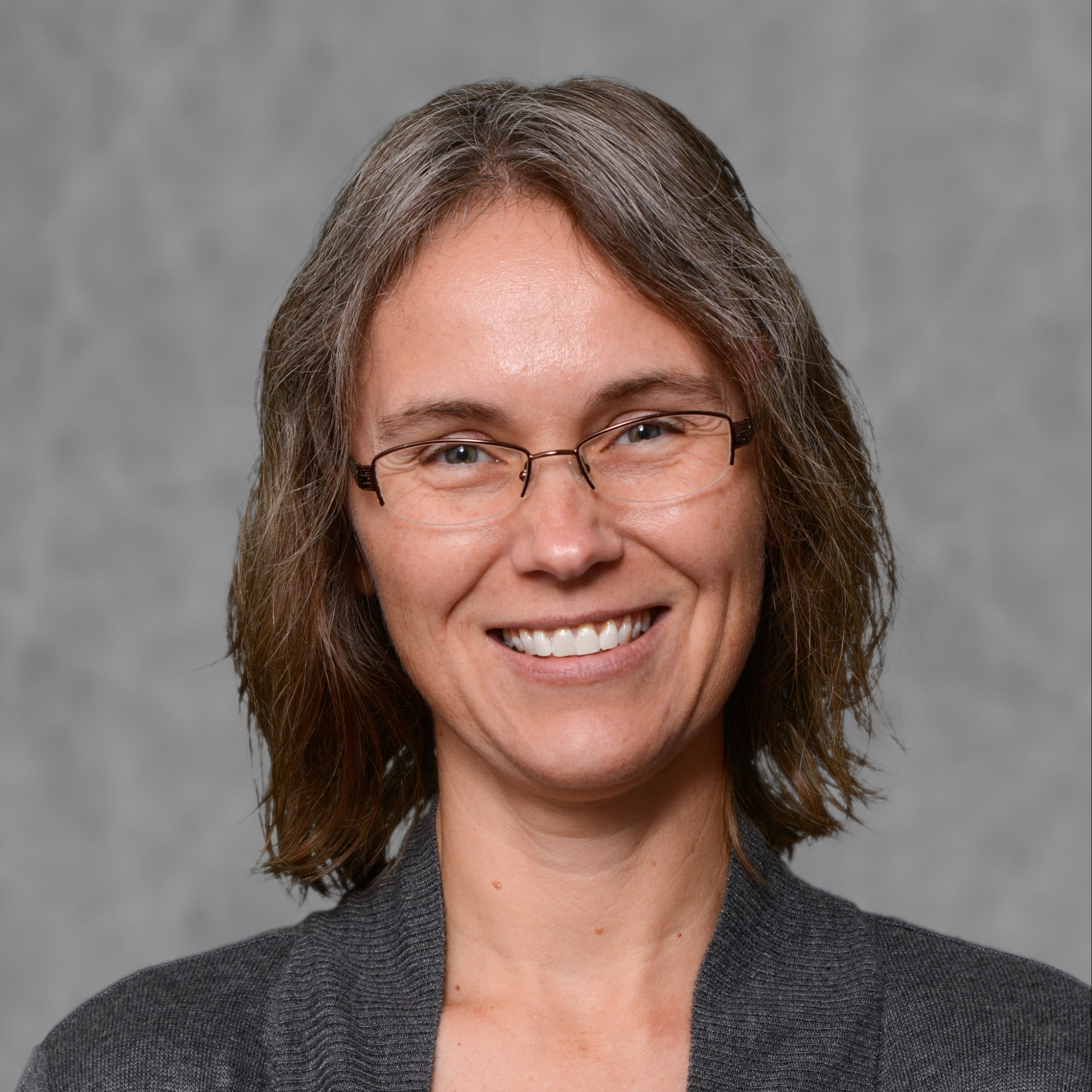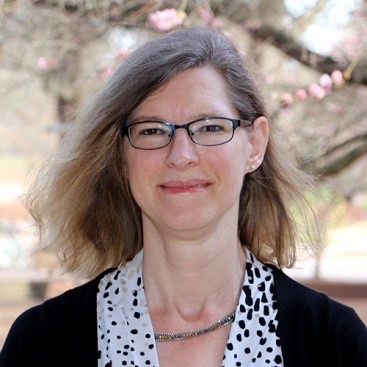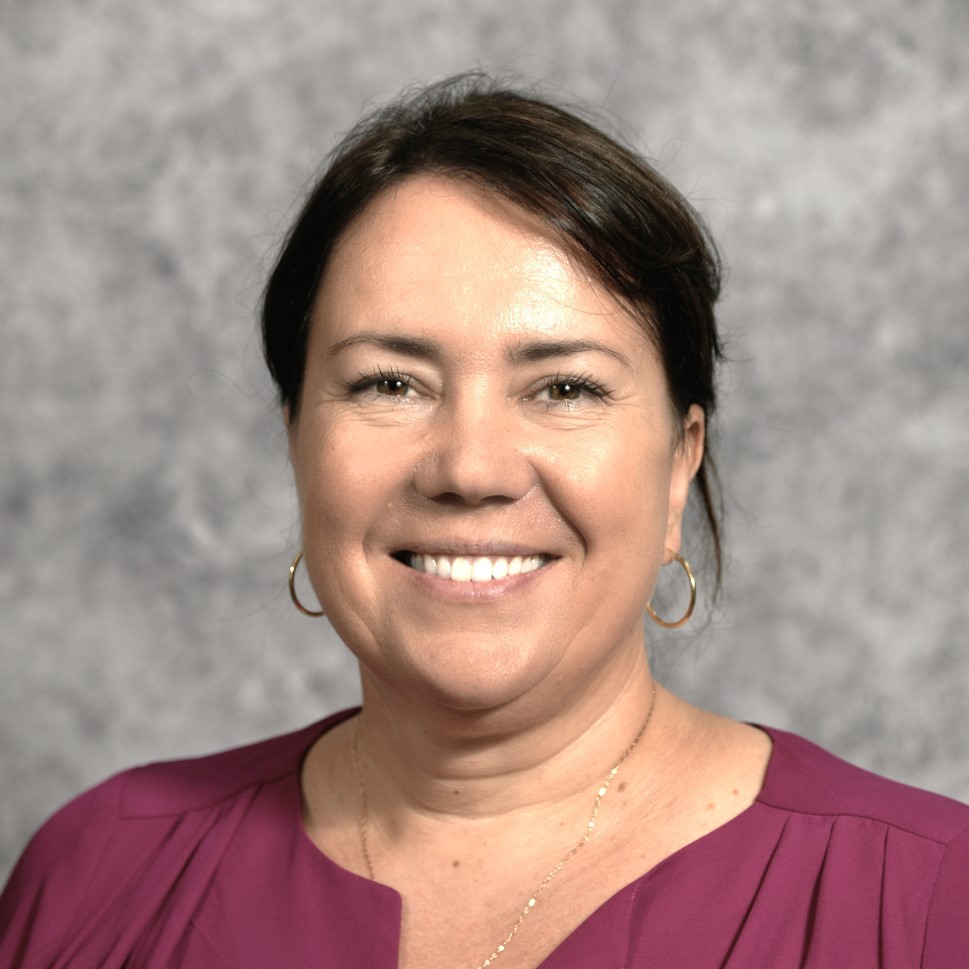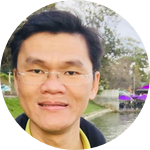About This Project
Technologies that remove carbon dioxide from emissions and air are urgently needed to mitigate the effects of climate change. The enzyme carbonic anhydrase shows promise as an efficient biocatalyst for removing CO2 from point source emissions and for direct air capture by converting CO2 to bicarbonate in alkaline aqueous liquids. This project aims to improve the enzyme's utility for CO2 capture processes by applying protein engineering (PE) approaches to enhance its performance and longevity.
Ask the Scientists
Join The DiscussionWhat is the context of this research?
Atmospheric carbon dioxide removal (CDR) and point-source capture (PSC) of CO2 are negative emissions technologies that must remove 10-20 Gt/y (1) to reach decarbonization climate goals (2). Direct air capture (DAC) is a CDR pathway with ideal verifiability and durability. Both DAC and PSC are cost constrained, primarily by the CapEx of the gas contactor and the energy required to drive large swings in temperature or pH to regenerate CO2 from the capture material (3).
Those high cost and energy requirements are driven by a thermodynamic trade-off between the rate of CO2 absorption and the CO2 regeneration energy: CO2 capture materials with high absorption rate, which reduce cost by reducing the gas contactor size, typically have high CO2 regeneration energy, and vice versa (4).
What is the significance of this project?
Carbonic anhydrases (CAs) catalyze fast CO2 absorption in solvents with low CO2 regeneration energy, resolving the tradeoff described above (5). Reports show that CA could reduce DAC and PSC cost >30% (6,4) by reducing parameter swing or gas contactor size when CA is stable at high pH, ionic strength and temperature.
New ways of immobilizing CA in the absorber that promote CA optimal activity and position CA near the gas-liquid (G-L) interface would lead to high reaction efficiency (7). This is especially critical to reduce the process cost for DAC where CO2 concentration in air (0.04%) is dilute compared to point source emissions (5-40%). PE of CA could improve immobilization efficiency and position its active site near the G-L interface for exceptional long term performance.
What are the goals of the project?
While modeling analyses are ultimately required to provide target properties for robust CAs to be used in development of novel CA-enhanced DAC and PSC, our goal is to use novel PE approaches to enhance CA immobilization efficiency that targets many-fold CA application performance improvements compared to the state-of-the-art while retaining high catalytic efficiency (kcat/Km ~100 uM-1s-1). For a comprehensive discussion of state-of-the art CA engineering and performance, see (8) and (5). We will engineer and immobilize CA for high catalytic efficiency in low-energy, versatile 5-20% K2CO3 solvents (9), while exceeding buffer-based benchmarks of 203-day half-life at 60˚C (8), 73% activity retention after 24 hrs at 80˚C (5,10) and 90% activity retention after 24 hrs at pH 11 (11).
Budget
Total funding amount
 Project Timeline
Project Timeline
Carbonic anhydrase (CA) variants will be generated using protein engineering (PE) techniques and tested in small scale to select top candidates based on catalytic assays. These will be produced in larger amounts, immobilized on gas-liquid contactor prototypes, and tested for CO2 absorption efficiency and robustness at lab scale DAC and PSC conditions. Results will guide a second round of CA improvements.
Dec 31, 2024
Generation and testing of first round CA PE candidates complete.
Jun 30, 2025
Generation and testing of second round CA PE candidates complete.
Meet the Team
Affiliates
Affiliates
Team Bio
Our team members already collaborate within the Biocatalyst Interactions with Gases (BIG) Collaboration, where we apply our diverse expertise to the problems of CO2 capture, CO2 conversion and N2 fixation catalyzed by enzymes.
Sonja Salmon
Leads the Textile Biocatalysis Research team, which develops new materials and processes at the intersection of fiber and polymer science and enzymology, including biobased textile waste recycling and a special focus on developing biocatalytic textiles for CO2 capture. Also leads the Novo Nordisk Foundation (NNF) funded Biocatalyst Interactions with Gases (BIG) Collaboration that is working to uncover new biology-based methods for CO2 management and sustainable fertilizer production.
Jialong Shen
Member of Dr. Salmon's Textile Biocatalysis Research Team. Polymer and fiber scientist working in the enzymatic CO2 capture and utilization space.
Nathan Crook
The Crook Lab develops new high-throughput experimental and computational genetic engineering techniques. In doing so, we hope to uncover novel biological phenomena and accelerate applied research and development in the broad areas of metabolic engineering, synthetic biology, and microbial ecology.
Amy Grunden
My research focus is the physiology and biotechnological application of beneficial microorganisms for crop improvement, carbon capture and soil health and sustainable agriculture. My lab group has developed the use of microbes and microbial enzymes for crop improvement, biofuel production, next-generation fertilizer production, and bio-decontamination. I am currently leading the Novo Nordisk Foundation (NNF) funded Collaborative Crop Resilience Program which is focused on harnessing plant microbiomes to enhance crop resilience. I am also an investigator on the NNF-funded Biocatalyst Interactions with Gases (BIG) Collaboration led by Dr. Sonja Salmon which is focused on developing scalable immobilized enzyme systems for carbon capture and nitrogen fixation.
Yaroslava G. Yingling
I lead an interdisciplinary research team that focuses on the development and applications of innovative multiscale molecular modeling methods and data-science approaches for investigations of the properties of soft and biological materials. Our projects span a range of areas, including biomolecular and nanoparticle self-assembly, surfaces and interfaces, the ab initio design of nanomaterials for industrial and pharmaceutical applications, de novo biomolecular structure prediction, enzyme engineering, the properties and responsive behavior of functional hierarchical materials, and the application of artificial intelligence tools to analyze heterogeneous materials characterization data.
Albert Kwansa
Member of the Yingling Research Group working in the area of computational materials science. We employ molecular simulation techniques, materials informatics approaches, and high-performance computing to investigate various soft materials and interfaces.
Thuan Nguyen
My passion lies in leveraging metabolic engineering to tailor microorganisms for the advancement of sustainable and eco-friendly chemistry.
I currently hold a postdoctoral researcher position in the Crook Lab. My primary focus revolves around overexpression and the development of robust enzymes for the utilization of CO2.
Project Backers
- 0Backers
- 100%Funded
- $150,000Total Donations
- $0Average Donation






